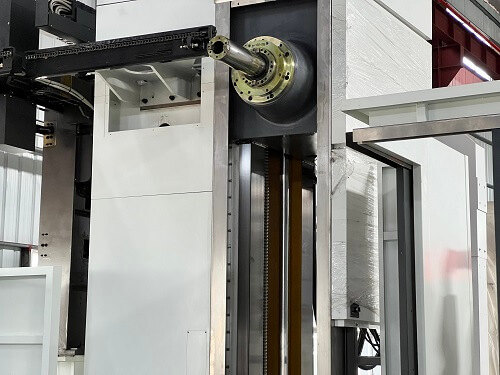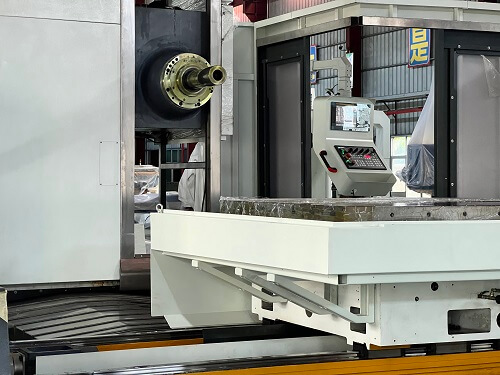Views: 500 Author: Site Editor Publish Time: 2024-10-11 Origin: Site

CNC gantry milling machines integrate computer technology, electronics, automation control, sensor measurement, machinery manufacturing, and network communications, making them quintessential examples of mechatronics.
Their development and application have ushered in a new era in manufacturing. The technology level of CNC gantry milling machines has become a key indicator of an enterprise's modernization and a hallmark of a country's manufacturing sector.
These machines enable the automation of processing tools and production processes, which is now a primary focus in the evolution of the manufacturing industry.
CNC gantry milling machines are highly capable CNC tools, and the rapid advancements in machining centers and flexible machining units are built upon the principles of CNC gantry milling.
CNC boring machines also rely heavily on milling processes. Given that CNC milling is the most intricate, it presents numerous technical challenges, leading researchers to prioritize the development of CNC systems and automatic programming languages with a focus on milling processes.

Using a CNC gantry milling machine requires careful attention to the balance of the milling cutter to avoid accidents:
1. When operating the CNC gantry milling machine, focus is essential, especially if two people are using the same machine. It's crucial to coordinate effectively; the person feeding the material should keep their hands about 20 cm away from the cutter to ensure safety. The person receiving the material should do so gently, pulling it in slowly.
2. The speed at which you push the material should match the rotational speed of the milling cutter, as well as the processing size and the hardness of the material. If you encounter issues like reversed grain or scars on the workpiece, apply pressure to the wood and reduce the feeding speed to prevent the workpiece from bouncing back and causing injury.
3. If the milling cutter becomes damaged and is thrown from the cutter shaft, it can be extremely dangerous. Therefore, it's important to select a milling cutter that is rigid, sharp, and symmetrically balanced.
Only experienced workers should install the cutter, ensuring that the installation gap is appropriate and that it is securely attached to the cutter shaft. Always monitor the cutter's balance during milling to prevent accidents.
4. During the milling process, do not return the workpiece without careful consideration, as this can lead to accidents. If a return is necessary due to special circumstances, be prepared to do so cautiously.
5. When milling curved workpieces with a sample mold, especially if the workpiece is large, it’s advisable to install a stop ring at the top of the cutter head for added safety.